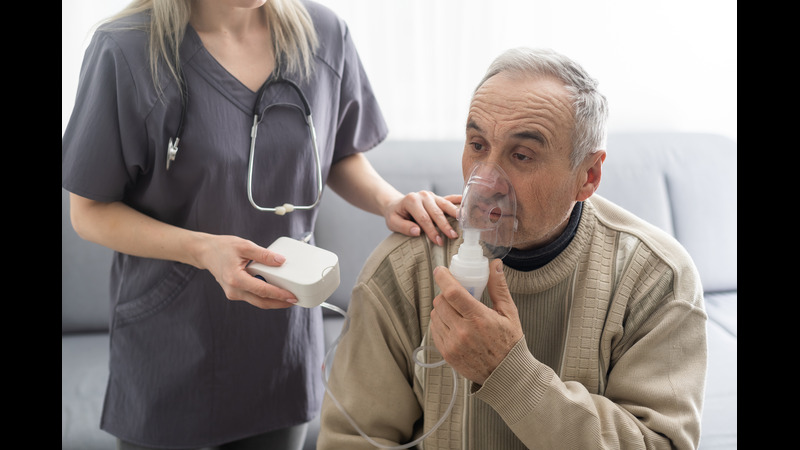A breath of fresh air: a case report on respiratory failure in UK ambulance service
Chronic obstructive pulmonary disease (COPD) is one of the biggest killers in the world. Patients in intensive care unit (ICU) with elongated episodes of respiratory failure have poor outcomes. Exacer...
How generative AI can supplement continuous professional development
Paramedic education is underpinned by multiple pedagogical approaches, of which simulation-based learning, case-based learning and problem-based learning are pivotal. These methods support the develop...
Diabetes mellitus and postural hypotension in prehospital care
Postural hypotension, defined as a sustained reduction in systolic blood pressure of at least 20 mmHg or diastolic blood pressure of at least 10 mmHg upon standing, is a common but often under-recogni...
Pressure injuries in ambulance practice: delays in ambulance offload times and the potential for physical harm
Pressure injuries, resulting from prolonged unrelieved pressure and leading to tissue breakdown, remain a significant concern for patient outcomes and healthcare costs. In paramedic care, delays in of...
First responders and patients with suicidal ideation
Mental health crises are especially difficult to identify, and depending upon the presentation of the crisis, emergency medical services may not be first on scene. In these circumstances, a medical te...
Generative artificial intelligence 6: simulation
Simulation-based education plays a critical role in paramedic education by enabling learners to develop both clinical and non-technical skills in a safe, realistic environment. This article concludes ...
Generative artificial intelligence 5: reflective practice
Reflective practice is a foundational element of paramedicine, introduced during education and reinforced through professional standards set by the Health and Care Professions Council (HCPC). Generati...
Generative artificial intelligence 4: training companion
Generative artificial intelligence (Gen AI) has gained the spotlight within education since large language models became publicly available. Gen AI has demonstrated its ability to generate high-qualit...
Generative artificial intelligence 3: language translation
This paper explores the evolving role of generative artificial intelligence (Gen AI) in addressing digital inequality – particularly in healthcare settings. While technology holds significant potentia...
Generative artificial intelligence 2: goal-setting
The integration of generative artificial intelligence (Gen AI) into paramedic practice proposes a unique opportunity to enhance professional development and patient care. In this second instalment wit...
Generative artificial intelligence part 1: exploring ethical considerations
This series surrounding generative artificial intelligence (Gen AI) explores its potential applications for paramedics across various aspects of their work. It begins by addressing the ethical conside...
Leadership characteristics to reduce staff attrition and absence related to burnout
Burnout among the paramedic profession is an increasing problem and not enough is being done to improve the current climate. It is for this reason that paramedics should individually contribute to the...











